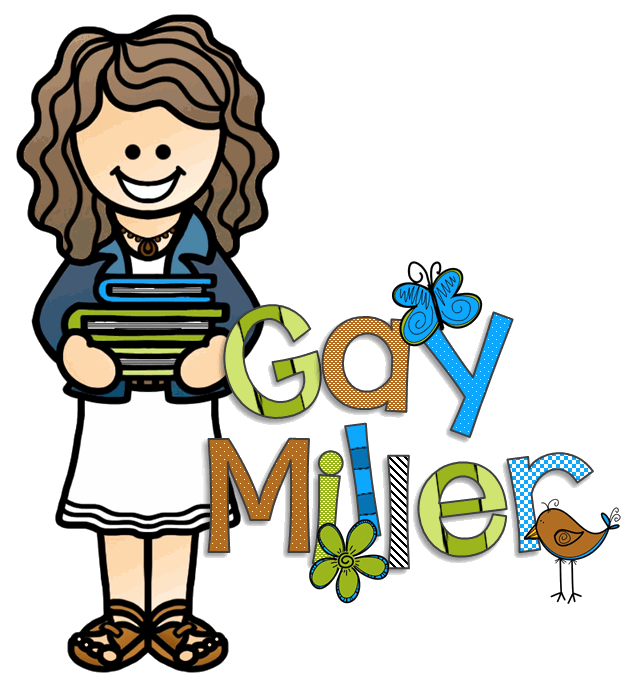
Students love watching animated shorts, making them an excellent tool for teaching literary skills. In this post, you’ll find activities to teach perspective using the animated films Oktapodi and French Roast. Get ready to have some fun!
Lesson Handout
This handout includes printables and instructions for all activities listed in this post.
Using Oktapodi to Teach Perspective

Oktapodi is a short film that follows an octopus trying to rescue its companion from a fish market. The film’s perspective is told from the octopus’s perspective. With the focus on how the octopus feels instead of humans, students will see how perspective influences the audience’s emotions.
Teaching Ideas:

After watching Oktapodi, have students complete the provided handout to analyze the octopus’s perspective. The handout includes the following questions:
- Who is telling the story?
- How does the narrator’s point of view change how the events are described?
- Why do you think the narrator described the events the way he did?
- How would the story change if a different character were the narrator?
Once students have completed the handout, discuss how the story might change if told from the fish market owner’s perspective.
Finally, students should compare Oktapodi with other short films or stories from different perspectives. Please encourage students to discuss how various viewpoints change their understanding of the plot and characters.
Teaching Perspective with French Roast

French Roast, an Oscar-nominated short film, offers a humorous way to teach perspective. In this film, students will examine the viewpoints of four characters: a businessman, a homeless man, a nun, and a waiter. Each character’s viewpoint adds a unique twist to the story, making this film perfect for exploring how different perspectives shape the narrative.
Teaching Ideas:
Character Perspective Analysis

Have students watch French Roast and discuss how each character sees the same situation. How do their backgrounds, biases, and emotions affect their interpretation of events?
Download the handout I’ve created to help students understand the perspectives presented in French Roast. The handout contains four pages, each focusing on one of the main characters: the businessman, the nun, the waiter, and the homeless man.
For each character, the left side of the page presents the story from one perspective, while the right side contains discussion questions focused on that viewpoint. This interactive format helps students compare how different characters experience the same events and how perspective shapes the narrative.
Example: The Businessman’s Perspective
The story is told through the eyes of the businessman, who is dealing with the anxiety of realizing he’s forgotten his wallet at home. His emotions range from panic to relief, offering an example of how a character’s perspective influences the plot.
Here’s an excerpt from the businessman’s perspective:
“I sat at the café, sipping my coffee and reading the newspaper. My heart sank as I reached for my wallet. I had forgotten it at home. Panic set in. How could I leave without paying?”
Classroom Discussion
Once students have completed their handouts, come together as a class to discuss how the story changes when told from different characters’ perspectives. This activity helps students grasp how different viewpoints can shape a story’s emotional impact, tone, and plot.
Extending Your Lesson: Exploring Perspectives Through Podcasts

Another interactive way to teach perspective is adding podcasts to your lesson plan. Podcasts are a fantastic way to expose students to different viewpoints and storytelling techniques.
Here are three excellent podcasts that can help your students learn about different perspectives:
- Story Seeds: This podcast often shows different perspectives as kids collaborate with authors to create stories. Each episode can provide insights into how different viewpoints shape narratives.
2. Circle Round: This podcast adapts folktales worldwide, often highlighting different cultural perspectives and viewpoints within the stories.
3. Smash Boom Best: While primarily a debate podcast, Smash Boom Best encourages kids to consider and argue different perspectives on various topics.
Integrating these podcasts into your lesson provides students with a broader understanding of perspective in a fun and engaging way.
What Others Are Saying
I have struggled post-COVID to engage my students in the learning of reading comprehension strategies. “It’s boring.” When will I use this?” Why do I have to learn this?” These are a few examples of what I hear when I start talking about summarizing, inference, point-of-view, etc. Things have changed, though, since the purchase of this resource. My students enjoy the videos; they are engaged throughout the video and corresponding work. Even better, my middle schoolers are making the necessary connections between learning the strategies and the daily reading and writing of our language arts classes. The students are proud of their hard work and success!
Leila P.
Get All Printable Activities Here
Download the free handout to access all the activities and resources mentioned in this post. Your students will love these lessons, and you’ll enjoy seeing them develop essential reading and thinking skills.
See the product that inspired this post.
The organizer in the mini-lesson is a sample from Teaching Reading Skills with Animated Shorts Part 1.



